Ancient news stories

According to a new study by an international team of planetary scientists, Mars may have had enough water 4.5 billion years ago to cover it in a global ocean up to 300 meters (almost 1,000 feet) deep.
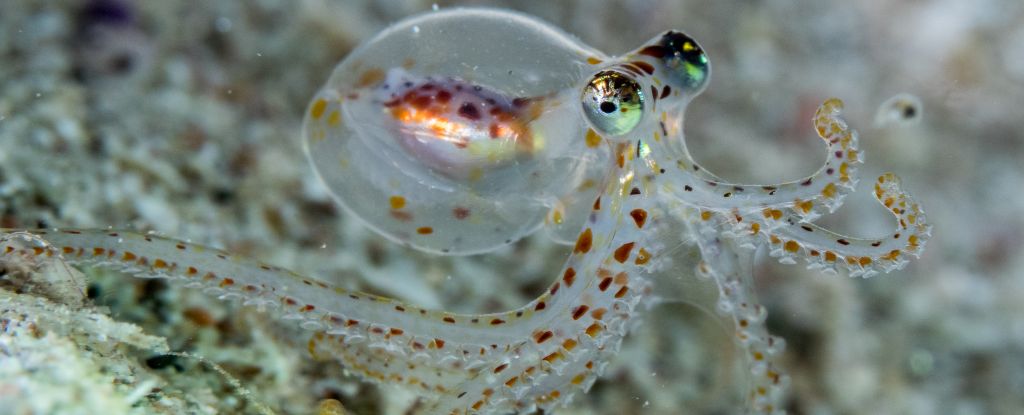
Our glorious little blue marble of a planet is filled with an astonishingly diverse array of lifeforms, but some are definitely more peculiar than others.

While indigenous tribes have used ayahuasca for thousands of years, the psychedelic’s popularity has skyrocketed, largely due to travelers taking part in ceremonies and an emerging network of practitioners. A new study from the University of Melbourne took a closer look with data…
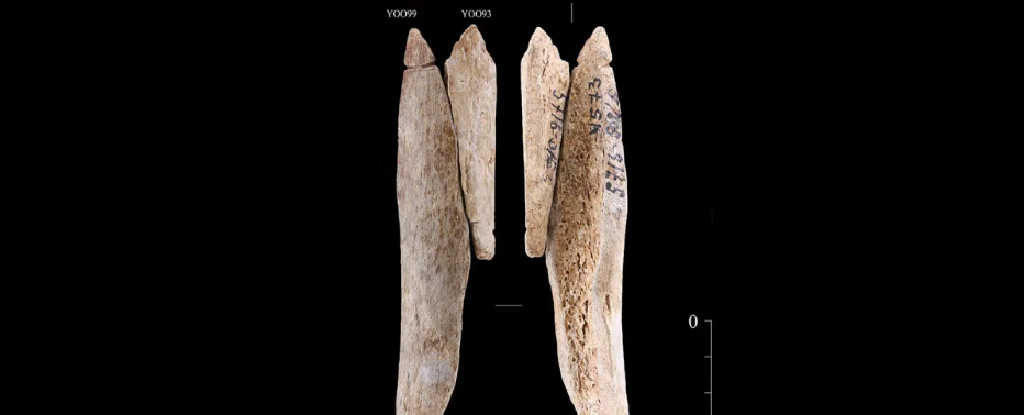
Several small, slender pendants uncovered from Stone Age graves on an island in a Russian lake more than 80 years ago have been reimagined after archaeologists reanalyzed the finds using chemical fingerprinting techniques.

A new study of the mummified body of Ötzi the Iceman questions the prevailing story of his death in the high Alps more than 5,000 years ago.
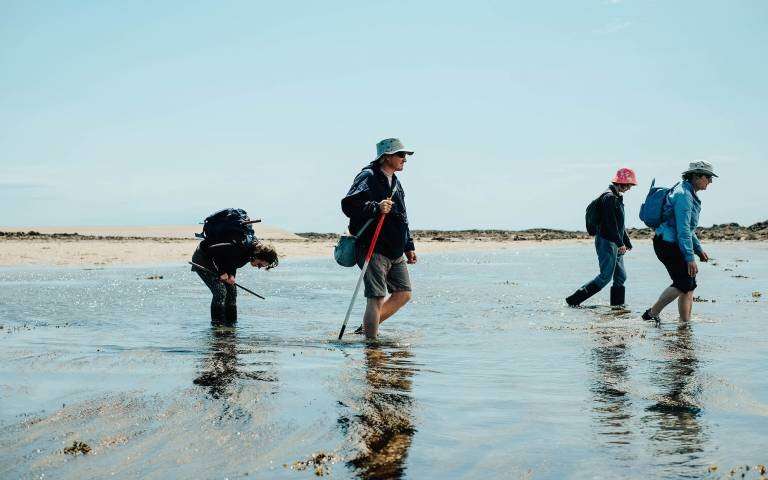
Submerged below the waves of the English Channel lies an important scientific record of undiscovered Neanderthal artifacts dating back to the last ice age. Collecting them from beneath the channel’s cold waters is no easy feat, but UCL researchers found a way to get a brief peek at the otherwise hidden landscape.
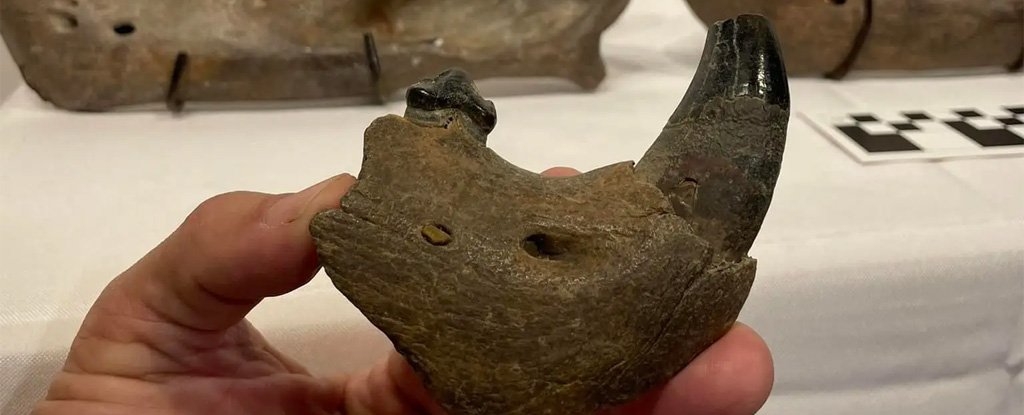
At the end of October, a Mississippi resident made a rare discovery along the drought-stricken Mississippi River – a fossilized jawbone from an American lion that roamed the area roughly 11,000 years ago, according to McClatchy News

According to a recent study, the amazing survival techniques of polar marine creatures may help to explain how the earliest animals on Earth may have evolved earlier than the oldest fossils suggest

The burned food remnants – the oldest ever found – were recovered from the Shanidar Cave site, a Neanderthal dwelling 500 miles north of Baghdad in the Zagros Mountains. Thought to be about 70,000 years old, they were discovered in one of many ancient hearths in the caves.
The complete skeletal remains of a spider monkey — seen as an exotic curiosity in pre-Hispanic Mexico — grants researchers new evidence regarding social-political ties between two ancient powerhouses: Teotihuacán and Maya Indigenous rulers.
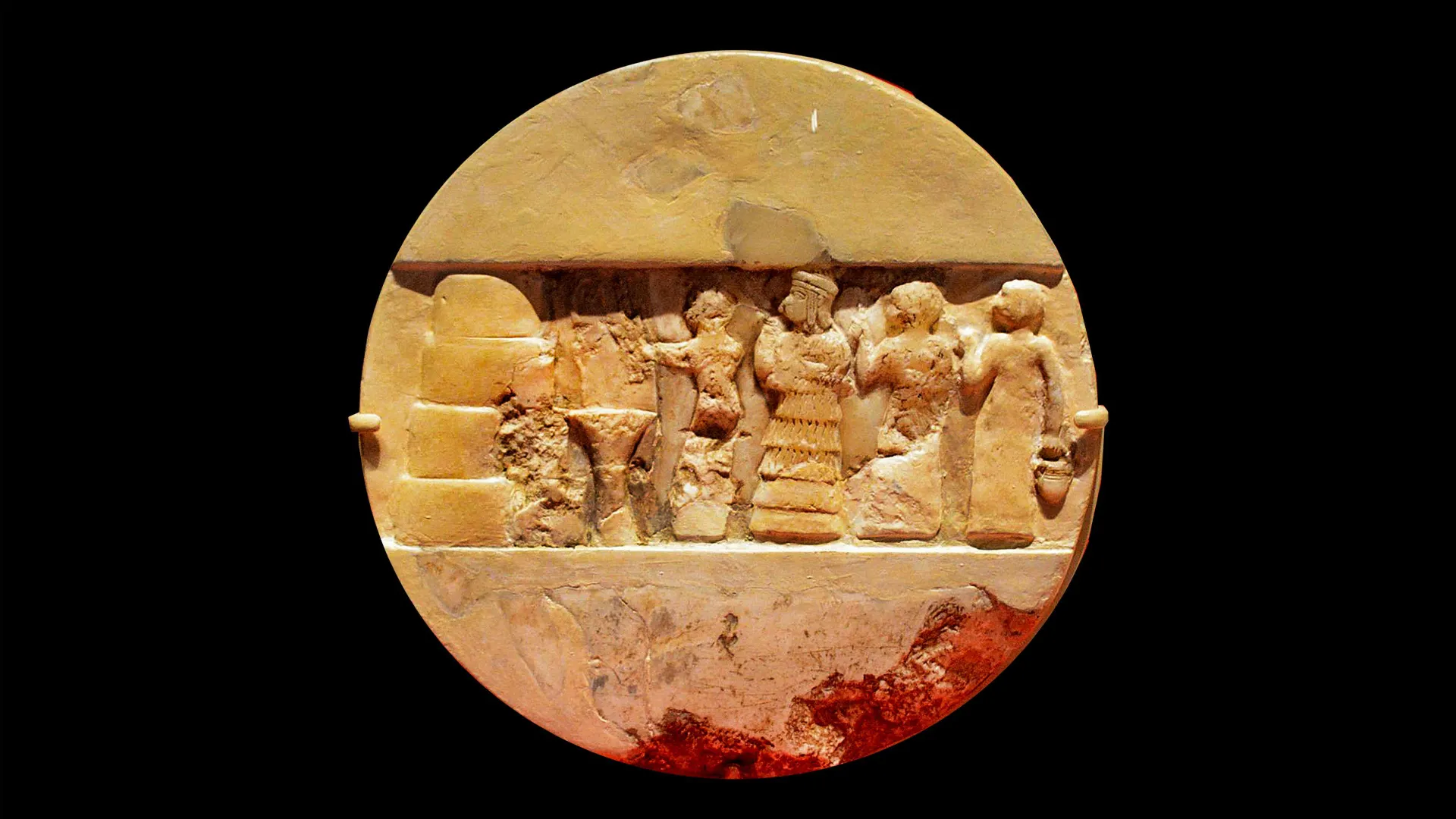
The oldest known writing dates back more than 5,000 years to ancient Mesopotamia, in what is now mostly present-day Iraq. But who was the first author known by name?
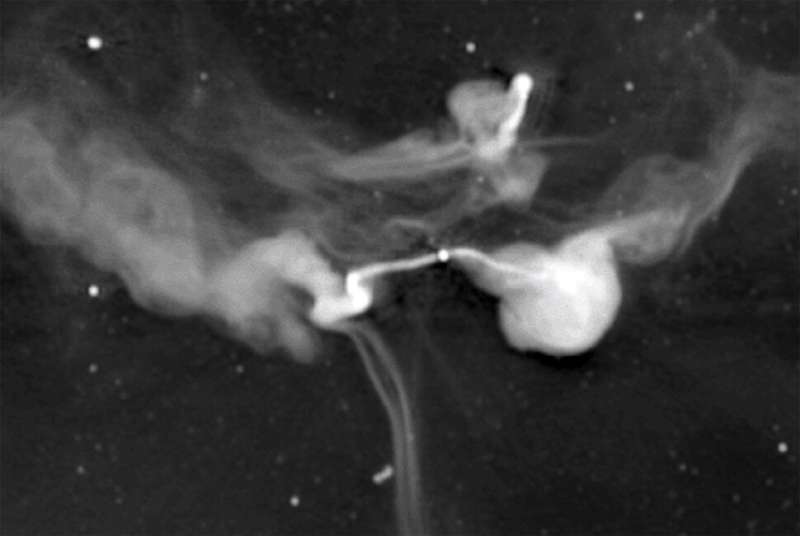
Northwestern University astrophysicist Farhad Zadeh has been fascinated and puzzled by a family of large-scale, highly organized magnetic filaments dangling in the center of the Milky Way ever since he first discovered them in the early 1980s.
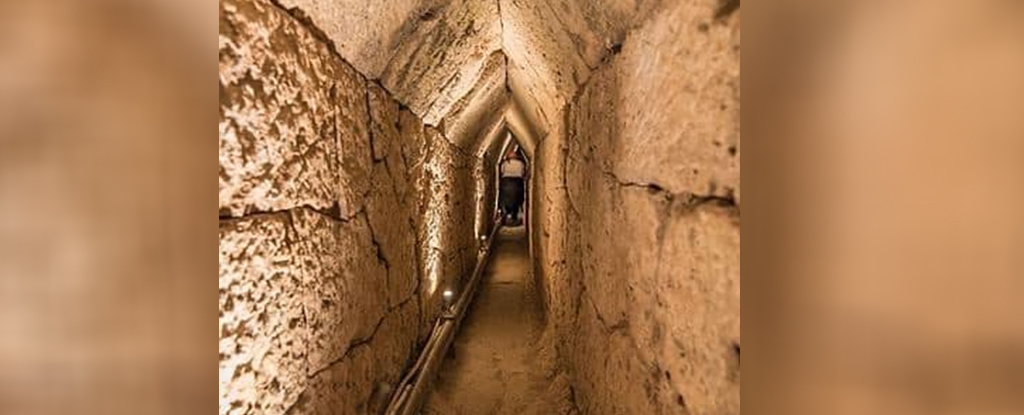
Underneath a temple in the ancient ruined city of Taposiris Magna on the Egyptian coast, archaeologists have uncovered a vast, spectacular tunnel that experts are referring to as a “geometric miracle”.

Piecing together the story of human evolution is an undeniably complex task. However, new research has brought us closer to understanding how early humans in Britain may have been related to other European populations over 400,000 years ago.

4.6bn-year-old rock that crashed on to a driveway in Gloucestershire last year has provided some of the most compelling evidence to date that water arrived on Earth from asteroids in the outer solar system.
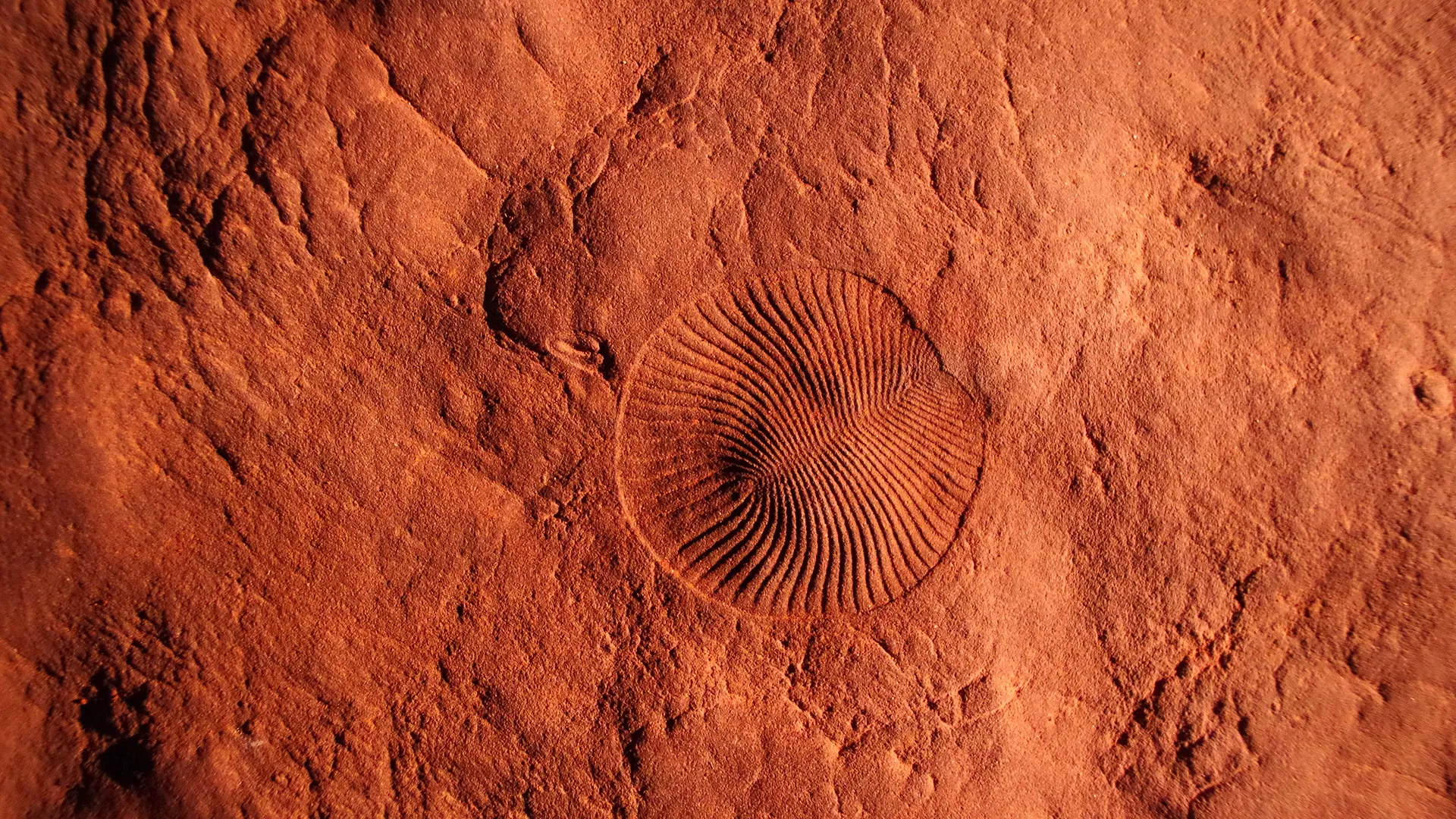
A global drop in oxygen levels about 550 million years ago led to Earth’s first known mass extinction, new evidence suggests.








